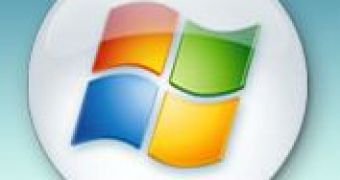Microsoft has officially confirmed having finished introducing POP3 support to all Windows Live Hotmail users. “POP3 technology has now rolled out to Hotmail customers WORLDWIDE!” reads a message from a member of the Windows Live Hotmail team. Via POP3 support, users will be able to bridge their online accounts with email clients and receive Windows Live Hotmail content straight on their desktops, or various devices, including mobile Phones such as the iPhone, with POP3-enabled applications.
Users that will want Windows Live Hotmail email to be served to their email client will need to first set up the app. Whether it’s an email client running on a computer or on a mobile device, the configuration is the same and involves the following, “POP server: pop3.live.com (Port 995); POP SSL required? Yes; User name: Your Windows Live ID, for example [email protected]; Password: The password you usually use to sign in to Hotmail or Windows Live; SMTP server: smtp.live.com (Port 25 or 587); Authentication required? Yes (this matches your POP username and password); TLS/SSL required? Yes,” Microsoft informed.
The software giant started introducing POP3 support for Windows Live Hotmail in early February 2008. Then, the Redmond company revealed that it was rolling out POP3 gradually to all Hotmail users, focusing on specific markets at a time. As of March 12, 2009, all Windows Hotmail users, independent of where they are in the world, will be able to enjoy POP3 support. However, there are critics who say that POP3 support is simply not enough, and that Microsoft could in fact do better by offering IMAP support.
“The Post Office Protocol 3 (POP3) is a standard protocol for retrieving e-mail. The POP3 protocol controls the connection between a POP3 e-mail client and a server where e-mail is stored. The POP3 service uses the POP3 protocol for retrieving e-mail from a mail server to a POP3 e-mail client. The POP3 protocol has three process states for handling the connection between the mail server and the POP3 e-mail client: the authentication state, the transaction state, and the update state,” Microsoft informed.

 14 DAY TRIAL //
14 DAY TRIAL //